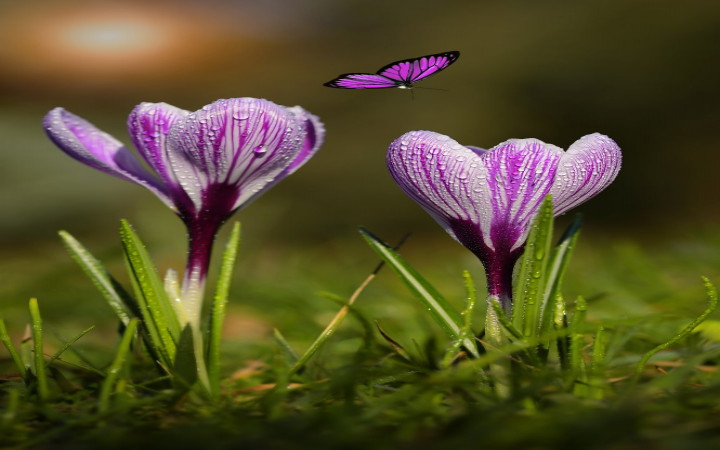Can you imagine if plants were like human beings? Envision a rose bush. One day, a yellow rose blooms. A few days later, a pink rose blooms. A couple of weeks later, several red roses bloom together.
Rather than doing their own thing and seeking their own time in the spotlight, however, real rose bushes bloom all one color with all the flowers appearing at about the same time. It's a glorious sight, and we humans are delighted when we see it.
Those rose bushes don't bloom at the same time as the lilies and the daffodils, though. Beginning in springtime each year, flowers begin to bloom, with different plants blooming at different times month after month. But exactly how do plants know when to flower?
It's a mystery that has puzzled scientists for centuries. As far back as the 1930s, scientists knew that plants somehow sensed the length of days to know when springtime was approaching. Russian scientists suspected that a mysterious substance (a mystery chemical they called “florigen") was sent through the leaves to the tips of shoots to stimulate flower buds to form.
Today, scientists have conducted advanced studies that they believe might finally explain how plants know when to flower. For example, scientists now know that plants have an internal circadian clock that helps them know when sunlight is increasing and days are getting longer. They believe this internal clock works because of proteins that work as photoreceptors activated by sunlight.
Different plants thrive at different times of the year, since they each have individualized needs for sunlight, precipitation, and other important factors. This is why not all plants bloom on the first day of spring. Instead, they bloom at the times when they will have the best chance to survive and thrive.
When those photoreceptor proteins tell the plant that it's time to bloom, the plant sets in motion a molecular process that will result in flowers blooming. Specifically, the plants begin to produce a protein called Flowering Locus T in their leaves. The protein then travels to the tips of shoots, where it undergoes molecular changes that spur cells to begin to form flowers. Scientists now believe that Flowering Locus T is the elusive “florigen" Russian scientists speculated about almost 100 years ago.
Why would scientists care so much about how plants know when to flower? It's more than just intellectual curiosity. Some scientists believe that understanding these mechanisms will allow them to regulate the timing of flowering of plants grown as crops, such as rice, wheat, and barley.
For example, rice usually flowers late in the year. If scientists could manipulate the flowering process to create an early-flowering variety of rice, it could be possible in some areas to produce more than one harvest per year. Other experts speculate that such manipulations could also lead to higher yields of plants grown for biofuels.




